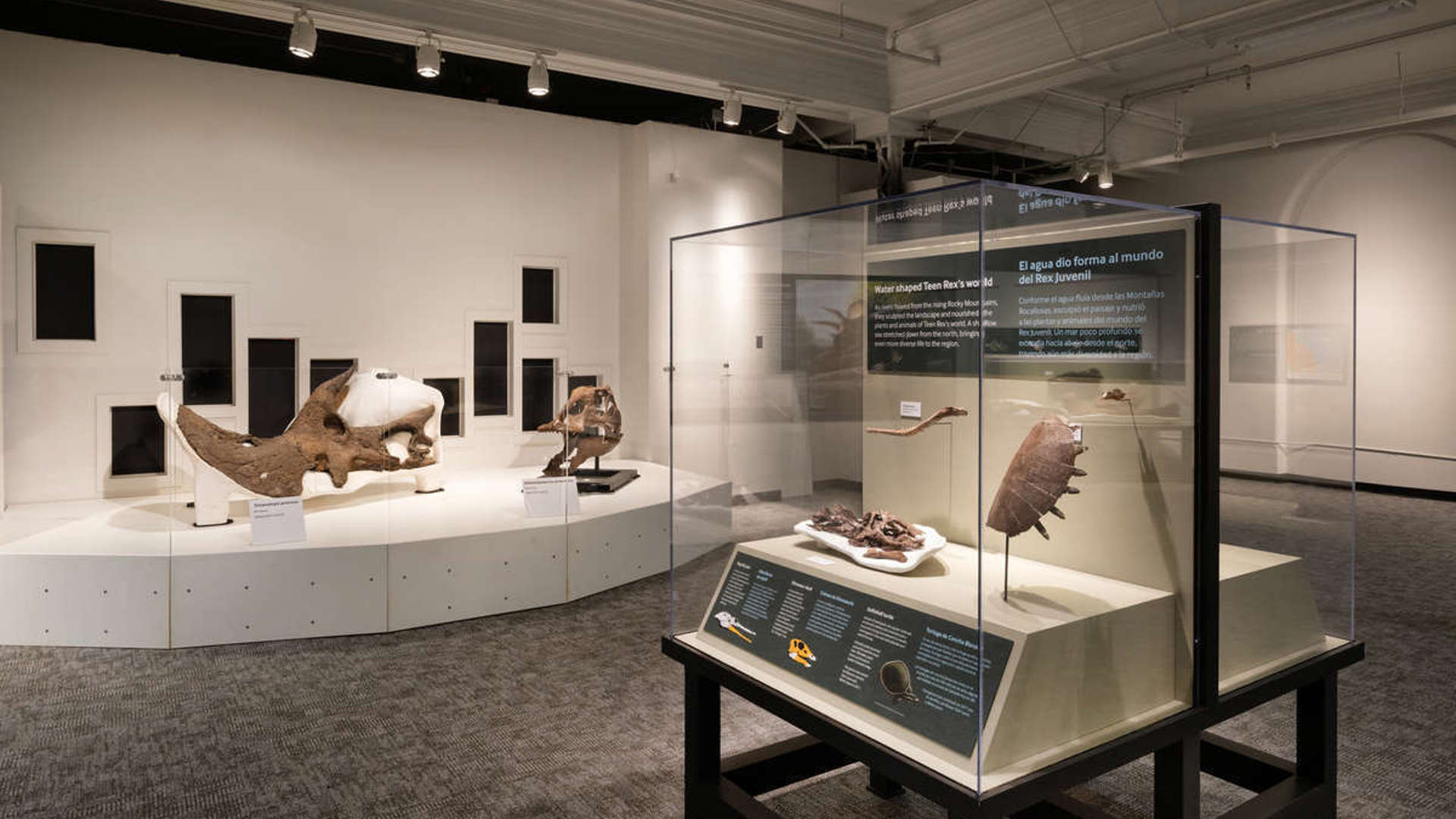
Temporary Exhibitions
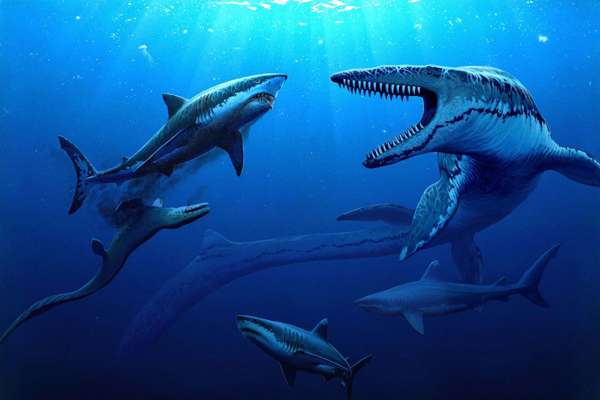
Jurassic Oceans: Monsters of the Deep
Special Ticket Required | Closes Sunday, Sept. 7
“Jurassic Oceans: Monsters of the Deep” takes you back in time to experience a prehistoric underwater world as you’ve never seen before.
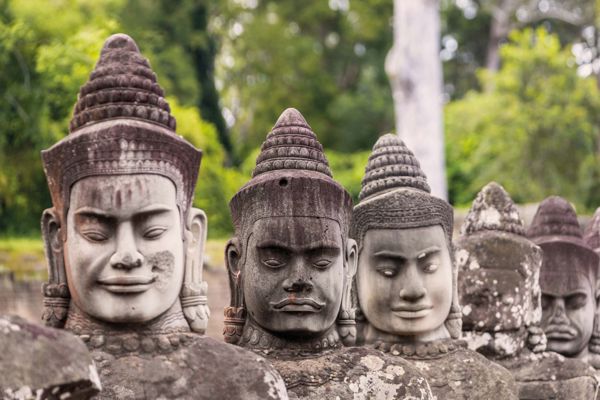
Angkor: The Lost Empire of Cambodia
Free with Museum Admission | Closes Sunday, Aug. 24
Embark on an awe-inspiring journey through time to discover the untold story of “Angkor: The Lost Empire of Cambodia.” Over 120 intricate carvings, sacred sculptures and ancient relics – many never before seen outside Cambodia – reveal a story that has baffled scientists for years.
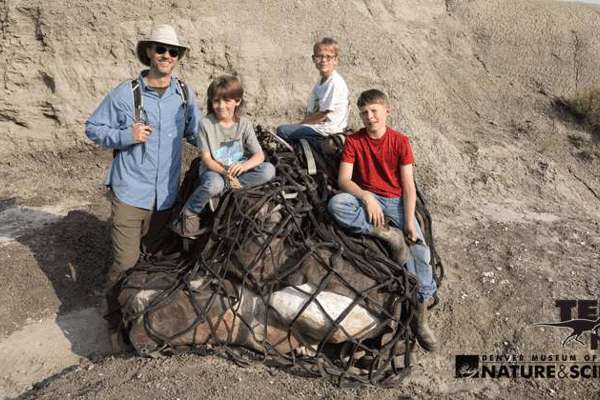
Discovering Teen Rex
Free with Museum Admission
Come with us on an extraordinary journey into our prehistoric past with the arrival of “Discovering Teen Rex” as we unveil a remarkable fossil discovered by a crew of inquisitive young dino hunters in North Dakota. The fossil prep lab will be displayed alongside dinosaur fossils, including Triceratops and Edmontosaurus, from the Museum’s collection. The whole family is invited to come view history in the making as our team of renowned paleontologists clean, preserve and study this rare adolescent T. rex fossil — one of only four found worldwide.
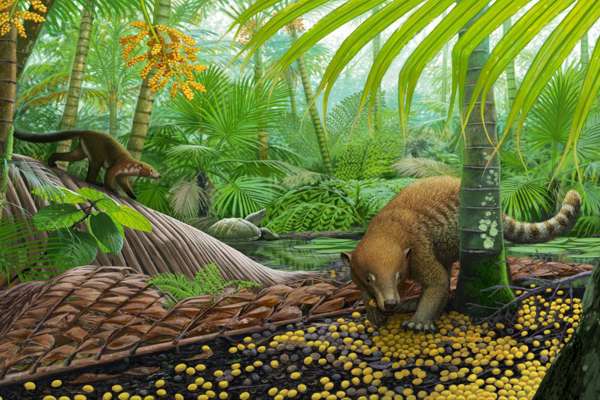
After the Asteroid: Earth's Comeback Story
Free With Museum Admission
A newly discovered trove of remarkably preserved fossils, found at Corral Bluffs near Colorado Springs, has brought into sharp focus how Earth recovered after the devastating asteroid impact 66 million years ago that wiped out the dinosaurs. This discovery is a watershed scientific moment, and the Denver Museum of Nature & Science has created a brand-new bilingual exhibit to bring the discovery to life.
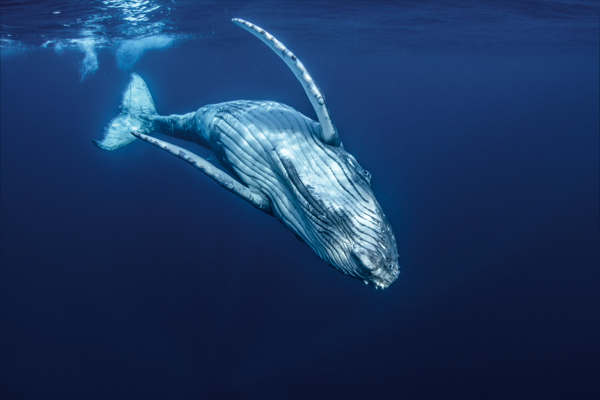
Immersive Voyager
Special Ticket Required | Tickets Only Available Onsite
Immersive Voyager transports you beyond the boundaries of reality—fusing cutting-edge VR with motion-based seats to create a breathtaking encounter with Earth’s most awe-inspiring creatures.